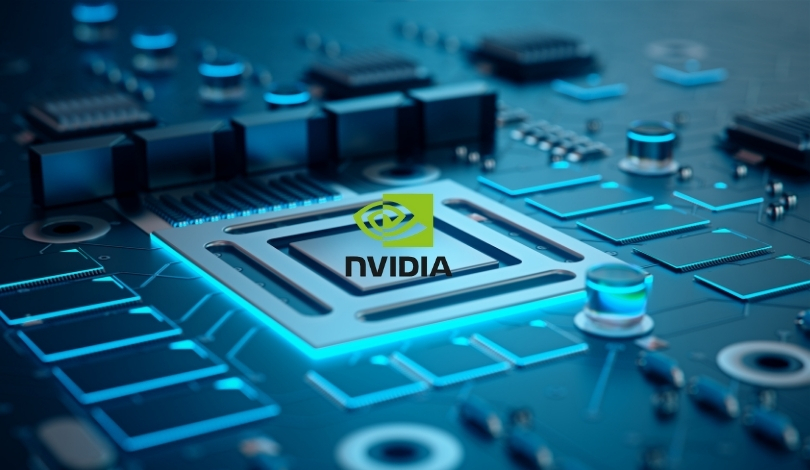AI hardware startup Cerebras has introduced its latest AI inference solution, targeting enterprises that seek faster and more cost-efficient alternatives to Nvidia‘s GPU offerings. This development marks a significant move in the AI hardware landscape, where performance and cost are critical factors for enterprise adoption. While Nvidia holds a dominant position in the market, Cerebras aims to disrupt the status quo with its advanced technology.
Cerebras’ Inference tool leverages the company’s Wafer-Scale Engine, achieving speeds of 1,800 tokens per second for Llama 3.1 8B and 450 tokens per second for Llama 3.1 70B. These speeds surpass the typical capabilities of Nvidia’s hyperscale cloud products, offering a more cost-effective solution. Gartner analyst Arun Chandrasekaran observes a market shift towards the cost and speed of inferencing, driven by the rise of AI use cases in enterprise settings. This shift provides an opportunity for vendors like Cerebras to compete based on performance.
Market Dynamics
Performance Benchmarks
As Micah Hill-Smith, co-founder and CEO of Artificial Analysis, says, “Cerebras really shined in their AI inference benchmarks.” The company’s tool set new records with over 1,800 output tokens per second on Llama 3.1 8B and more than 446 output tokens per second on Llama 3.1 70B.
Despite these performance benefits, Cerebras faces substantial challenges in gaining market share from Nvidia. David Nicholson, an analyst at Futurum Group, highlights that while Cerebras’ system can deliver high performance at lower costs, the critical question is whether enterprises are willing to adapt their engineering processes to integrate with Cerebras’ technology. Factors such as the scale of operations and available capital significantly influence the choice between Nvidia and Cerebras.
The AI hardware market continues to evolve, with Cerebras also facing competition from specialized cloud providers and major players like Microsoft, AWS, and Google. The balance between performance, cost, and ease of implementation will likely dictate enterprise decisions in adopting new AI inference technologies. The emergence of high-speed AI inference, capable of exceeding 1,000 tokens per second, is likened to the advent of broadband internet, potentially opening new frontiers for AI applications.
Cerebras’ entry into the AI inference market is not without hurdles. Nvidia’s entrenched software and hardware stack presents a significant barrier, and enterprises may be hesitant to switch from established solutions. However, Cerebras’ 16-bit accuracy and faster inference capabilities position it well for future AI applications requiring rapid, real-time operations. As the AI hardware segment expands, comprising about 40% of the total AI hardware market, newcomers must navigate the competitive landscape carefully, considering significant resource requirements.










